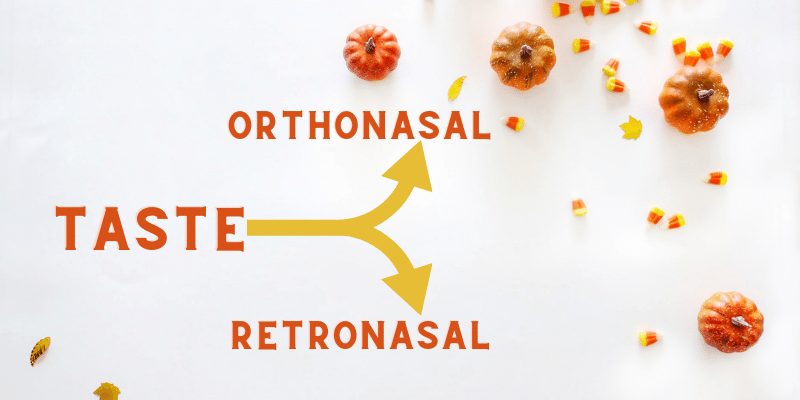Of our five senses, we probably understand the least about taste.
Apart from lack of proper research, it has been difficult to measure or quantify Taste, the way we do for Vision and Hearing.
Situated in the Frontal Lobe of the brain, deep between our eyes is the Olfactory Bulb. Tasked with the sense of smell it has an intrinsic role to play in how the body perceives food.
Professor Hyder of the Yale School of Medicine has carried extensive work on the functioning of the Olfactory Bulb and has mapped different parts of this bulb that respond to stimuli from different pathways.
“Knowing which exact pathways are affected and teaching our brain to appreciate and acknowledge both modes of perception in understanding the flavor is a part of our culture that we haven’t fully exploited yet,” he says. A better understanding of how smells get to our brain would not only tell us a lot about our eating habits, it could even potentially help patients of certain diseases.
THE TWO PATHWAYS
1. Orthonasal
2. Retronasal
Odours perceived as a backflow from the throat into the nose is the Retronasal route. This is usually associated with food items and helps create the flavor of the food. The odours that are recruited and perceived by the Olfactory Nucleus in this instance are edible items. It is also referred to simply as ‘backward smelling’.
This has significance in how we smell and taste food- for instance when you inhale cheese you get the smell of something rotten or like stinky feet, but when you bite and chew it you feel the texture and enjoy the aroma of the finely crafted cheese – this is through the retronasal route.
To clarify further food smells are usually felt orthonasally and retronasally, while nonfood odours are identified only orthonasally.
Responses to the stimuli traveling through the orthonasal route were much stronger than the other.
In the Olfactory Bulb, the mapping of the two routes was also different.
It was Rozin who propounded In 1982, that “olfaction is the only dual sensory modality, in that it senses both objects in the external world and objects in the body (mouth)” and thus proposed that “the same olfactory stimulation may be perceived and evaluated in two qualitatively different ways depending on whether it is referred to the mouth or the external world”
A landmark study was carried out by Small et all and reported in the Neuron Journal (2005) – “The main finding of the experiment is that the same odor may produce differential brain responses depending on whether it is sensed orthonasally and experienced as coming from the nose, or is sensed retronasally and experienced as coming from the back of the mouth. This result supports Rozin’s hypothesis that orthonasal and retronasal olfaction represent qualitatively distinct sensory experiences.”

